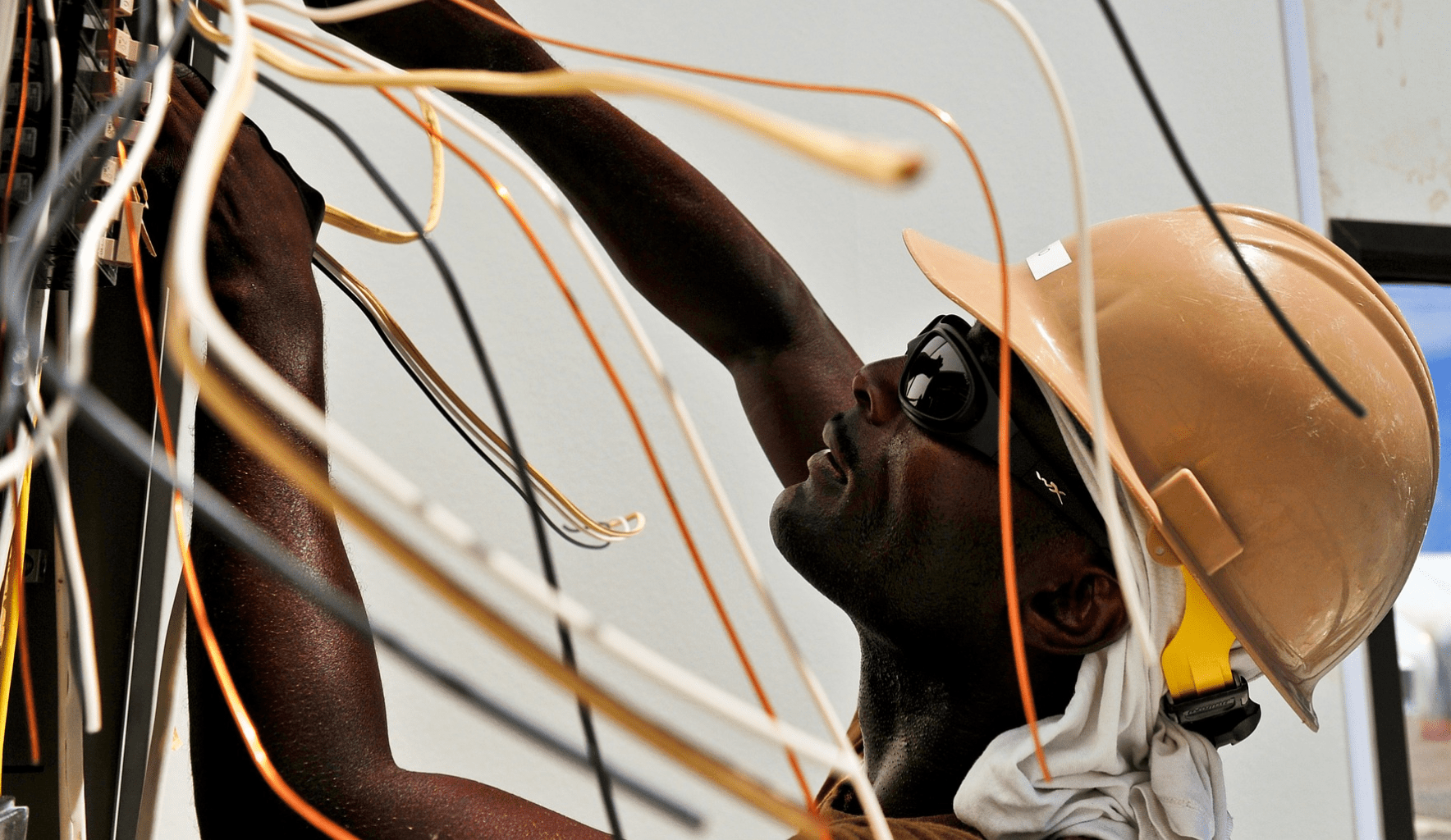Introduction
Electricity is an indispensable part of modern life, powering our homes, workplaces, and communities. However, it can also be hazardous and potentially life-threatening when not handled with care. Electric shock occurs when the human body comes into contact with an electrical current. This phenomenon can lead to various injuries, ranging from minor burns to severe cardiac arrest. Knowing how to administer first aid for electric shock is critical, as it can save lives and reduce the risk of long-term complications. In this article, we will explore the dangers of electric shock, signs and symptoms, and essential steps for providing effective first aid.
Understanding Electric Shock
Electric shock happens when a person’s body becomes part of an electric circuit, causing electrical current to pass through it. The severity of the injury depends on several factors, including the current’s strength, the duration of exposure, and the pathway the current takes through the body. Electric shocks can occur in various scenarios, such as faulty wiring, contact with live electrical appliances, or lightning strikes during thunderstorms.
The Dangers of Electric Shock
Electric shock can cause a range of injuries, some of which can be life-threatening. The dangers include:
- Burns: Electrical burns occur when the electric current generates heat as it passes through the body. The skin may have a characteristic entry and exit wound, and the tissue in the path of the current may be severely damaged.
- Cardiac Arrest: Severe electric shocks can disrupt the heart’s electrical system, leading to cardiac arrest. This condition requires immediate medical attention and CPR to restore normal heart function.
- Muscular Injuries: Electric shock can cause muscles to contract involuntarily, potentially leading to fractures, dislocations, and soft tissue injuries.
- Nerve Damage: Electric currents can damage nerves, causing temporary or permanent neurological problems.
- Internal Organ Injuries: In some cases, the electric current may pass through internal organs, causing internal injuries and complications.
Signs and Symptoms of Electric Shock
Recognizing the signs and symptoms of electric shock is crucial for providing timely and appropriate first aid. The symptoms may vary depending on the severity of the shock but can include:
- Mild Electric Shock:
- Tingling sensation
- Numbness
- Muscle twitches
- Moderate Electric Shock:
- Pain at the point of contact with the electrical source
- Muscle contractions and spasms
- Breathing difficulties
- Confusion or disorientation
- Severe Electric Shock:
- Unconsciousness
- Cardiac arrest
- Severe burns
- Difficulty breathing or no breathing at all
First Aid for Electric Shock

If you encounter someone who has suffered an electric shock, follow these essential first aid steps:
- Ensure Safety First:
- Before providing aid, make sure the area is safe and free from any electrical hazards. Do not rush in to help without assessing the risks to yourself.
- Disconnect the Power Source:
- If the person is still in contact with the electrical source, turn off the power supply or unplug the device if possible. Use a non-conductive object like a dry wooden stick to move the person away from the source.
- Call for Emergency Help:
- Dial the local emergency number immediately to request professional medical assistance.
- Check for Responsiveness:
- Assess the person’s level of consciousness. Gently tap and shout to see if they respond. If the person is unresponsive and not breathing, start CPR immediately.
- Perform CPR:
- If the person is not breathing or has no pulse, begin cardiopulmonary resuscitation (CPR) with chest compressions and rescue breaths.
- Treat for Shock:
- Electric shock can cause a person to go into “shock,” a life-threatening condition where the body’s vital organs do not receive enough blood and oxygen. Keep the person lying down and elevate their legs to improve blood flow to the core organs.
- Cover Burns:
- If the person has electrical burns, cover them with a clean, dry cloth. Do not apply any creams or ointments to the burns.
Conclusion
Electric shock is a serious medical emergency that requires prompt and appropriate first aid. Understanding the dangers of electric shock, recognizing the signs and symptoms, and knowing how to respond effectively can make a significant difference in the outcome for the injured person. Always prioritize safety and call for professional medical help whenever someone experiences an electric shock. By being prepared and informed, we can ensure a safer environment and minimize the risks associated with electricity. Remember, in cases of electric shock, quick and well-informed actions can save lives.





